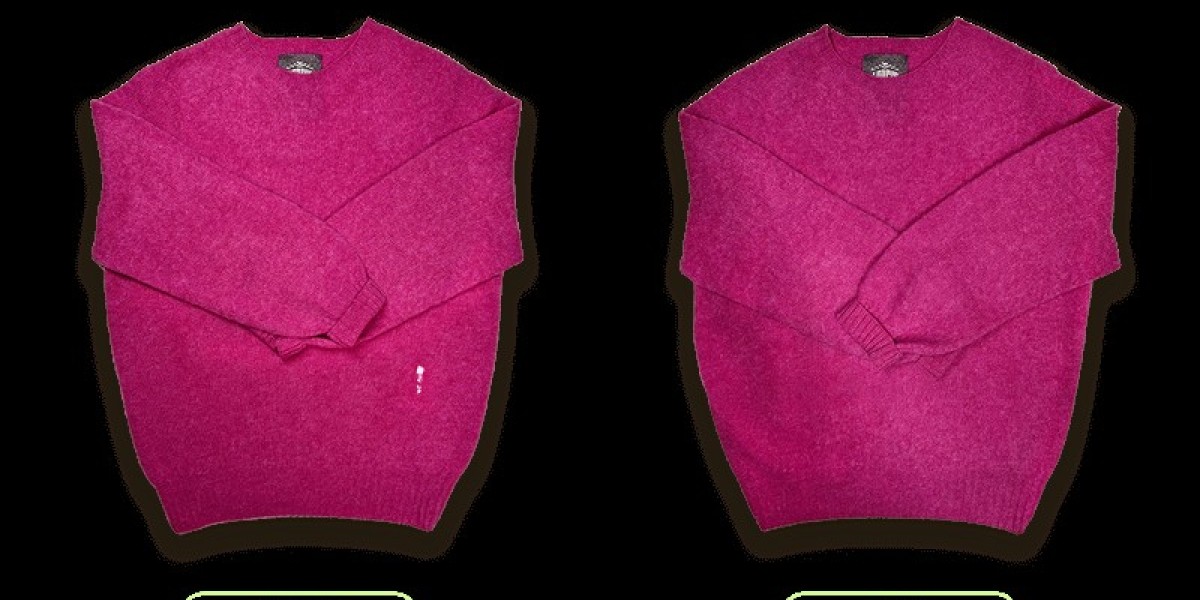If you've ever opened your closet to discover that one of your favorite sweaters has a gaping hole in it, then you know how frustrating it can be. Moth holes are among the most common reasons why people call a pest control company; however, moths aren't the only reason for these small gnaw marks in clothing and fabrics. It's important to understand the cause of these holes so that you can prevent them from occurring again.
Moth holes are caused by the caterpillars of the clothes moth (Tinea pellionella). The caterpillars use their jaws to nibble away at wool, silk and other natural fibres; as they eat, the resulting holes get bigger and smaller until eventually, the item is left with nothing but a few frayed shreds and moth excrement. The adult moth is a buff-coloured insect with a distinct appearance, but they don't flit around your home; instead they spend their time in dark, warm places like closets and dresser drawers where they can lay eggs and begin the cycle again.
It's possible to repair moth damage by sewing the holes closed with a needle and thread, but depending on how extensive the damage is and how well the garment matches the fabric it can be difficult to find material that matches. This is a good reason to make regular inspections of clothing in storage spaces and be vigilant in finding any potential problems before the moth larvae have a chance to devour your valuables.
Keeping your closet and storage areas clean is another preventative measure that can help keep moths out of your wardrobe and away from foods and fabrics in your pantry, cupboards and drawers. Regularly cleaning shelves and other storage spaces with an eco-friendly cleaner like Tru Earth's multi-surface cleaner will ensure that your items are stored in a clean, moth-repellent environment.
If you are still finding moth holes in your clothes even after taking these preventative measures, you can also try sanitising your clothing with cold water and hot soapy water to kill any remaining larvae; however, it's best to take the most heavily damaged items for professional dry cleaning or heat treatment to kill the moths and their eggs. Freezing your clothes is also a good option if you have a severe infestation because it will'shock' the larvae and kill them instantly.
Although it may be unavoidable to sometimes find moth holes in your clothes, knowing the causes and prevention of these pesky pests can ensure that you won't have to relegate some of your favourite clothing to the donation bin. With regular inspections, vigilance in vulnerable areas and preventive measures like the ones mentioned above, you can keep the moths away from your wardrobe for years to come. Good luck! And remember to always wash your moth-proof sweaters before storing them. You don't want to be wearing an itchy sweater for the rest of your life! Have you had a problem with moths? How did you deal with it? Let us know in the comments section!



